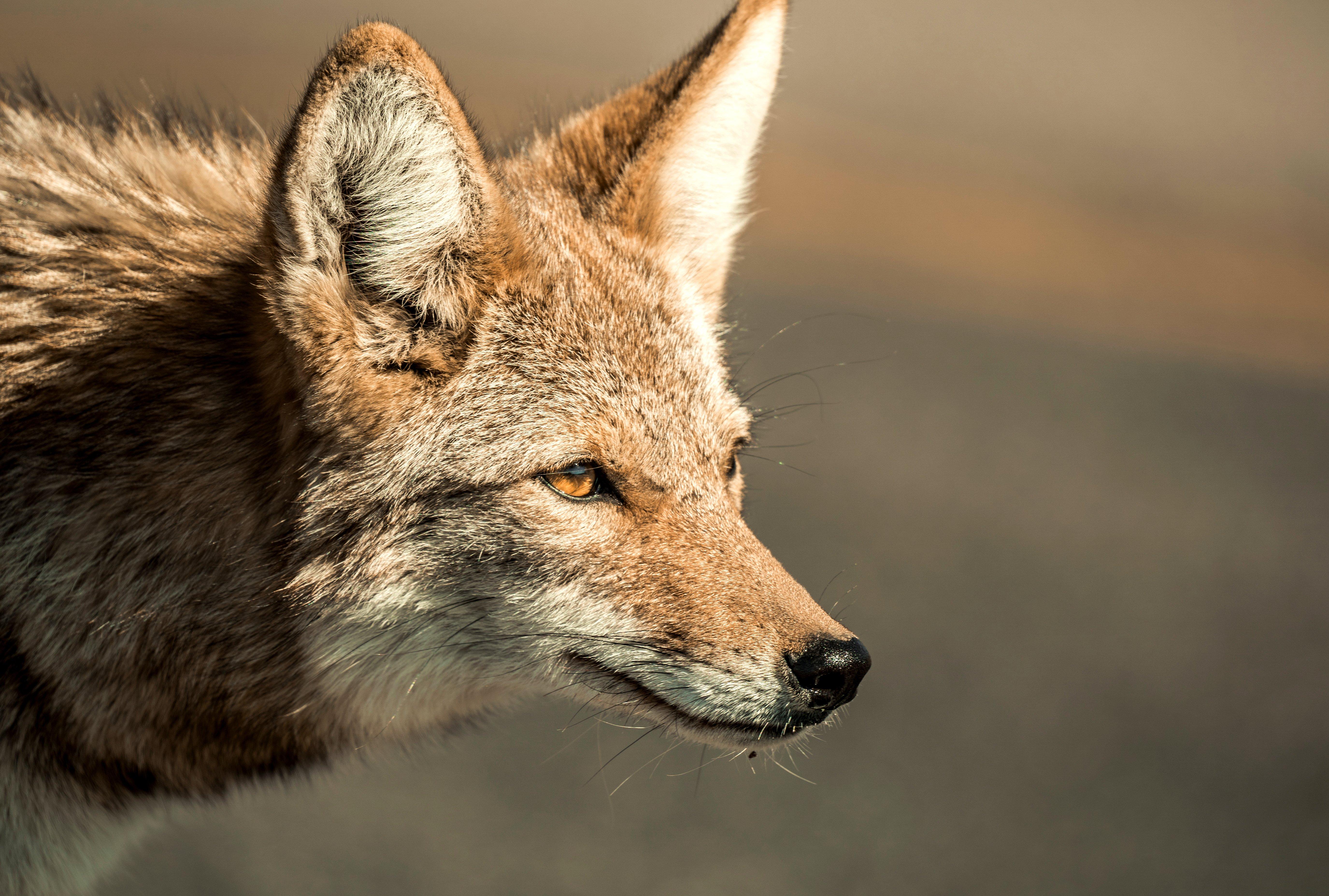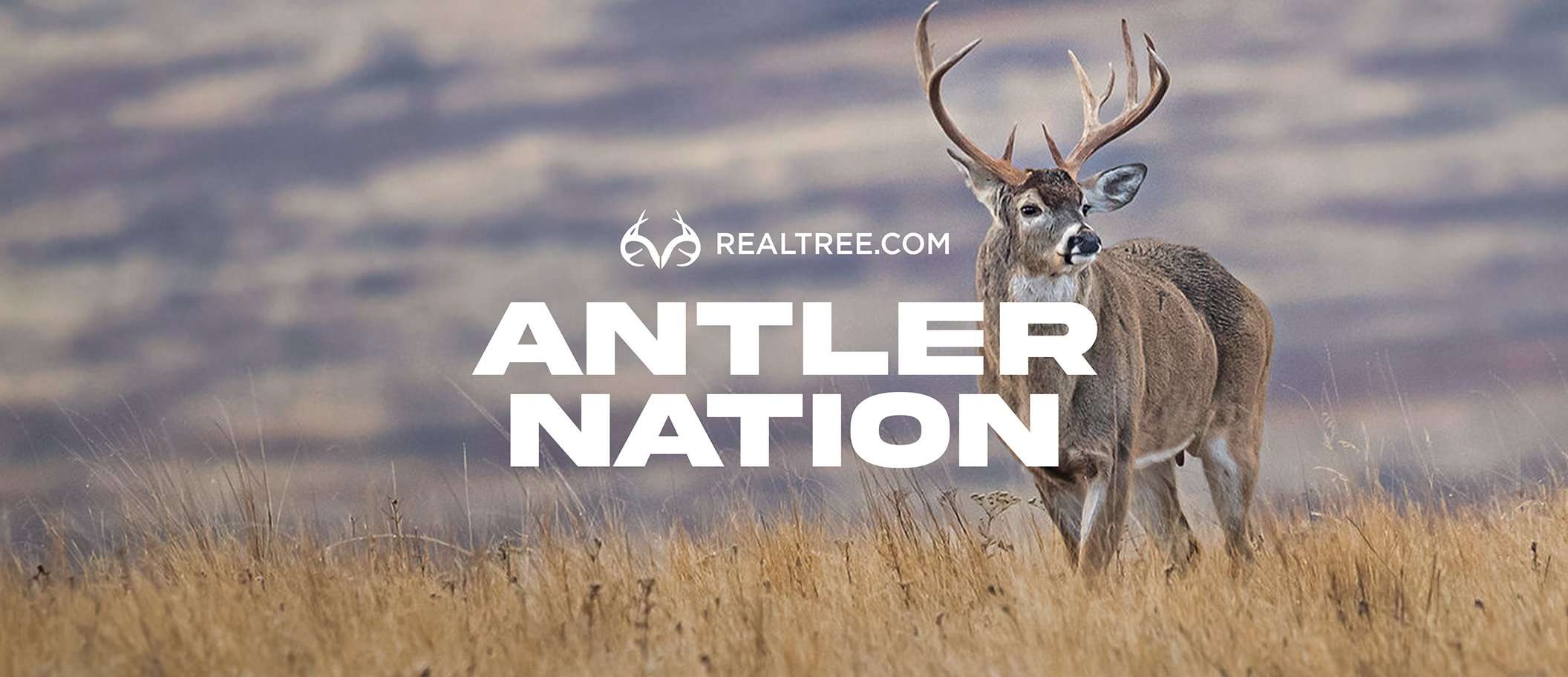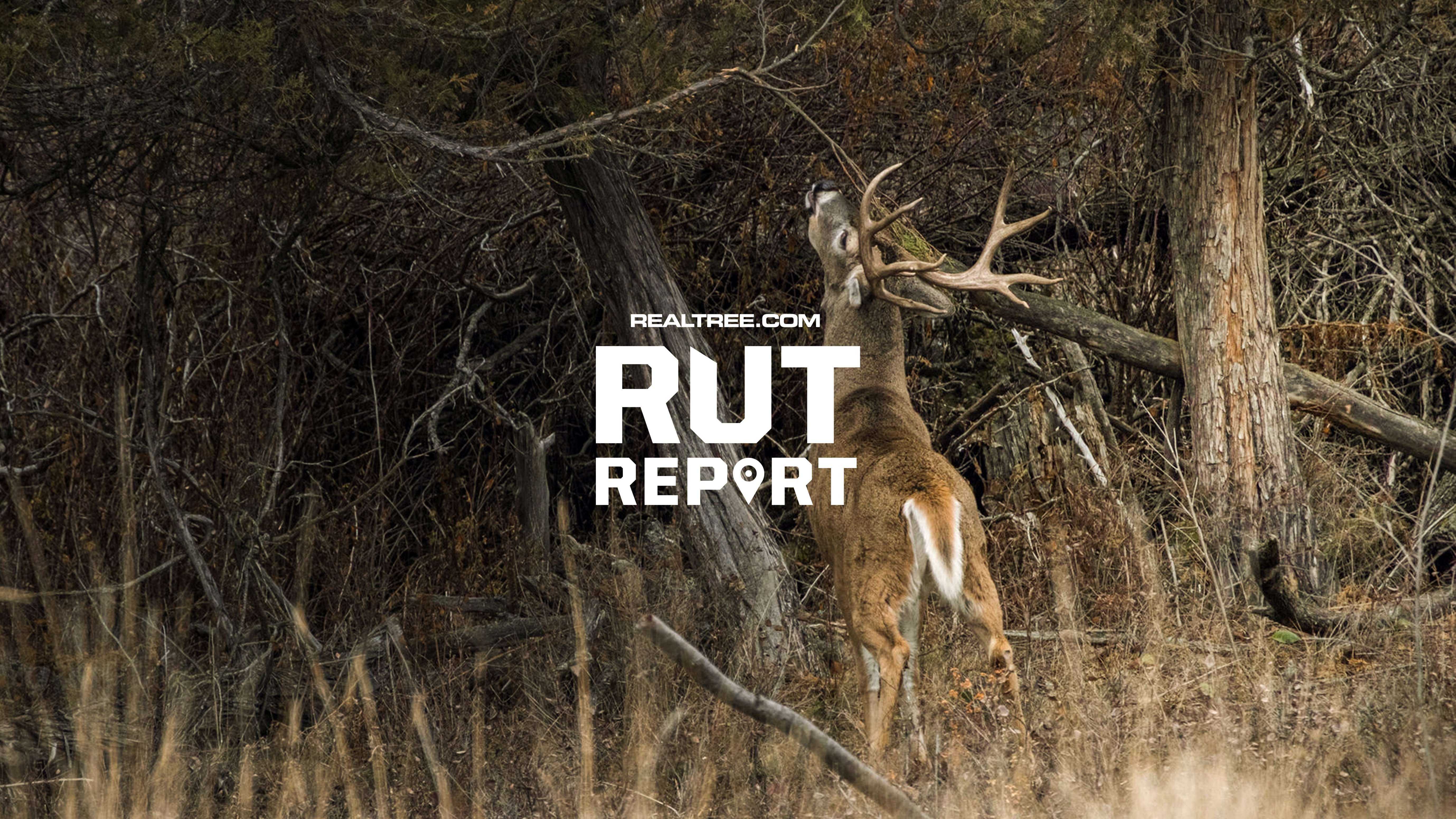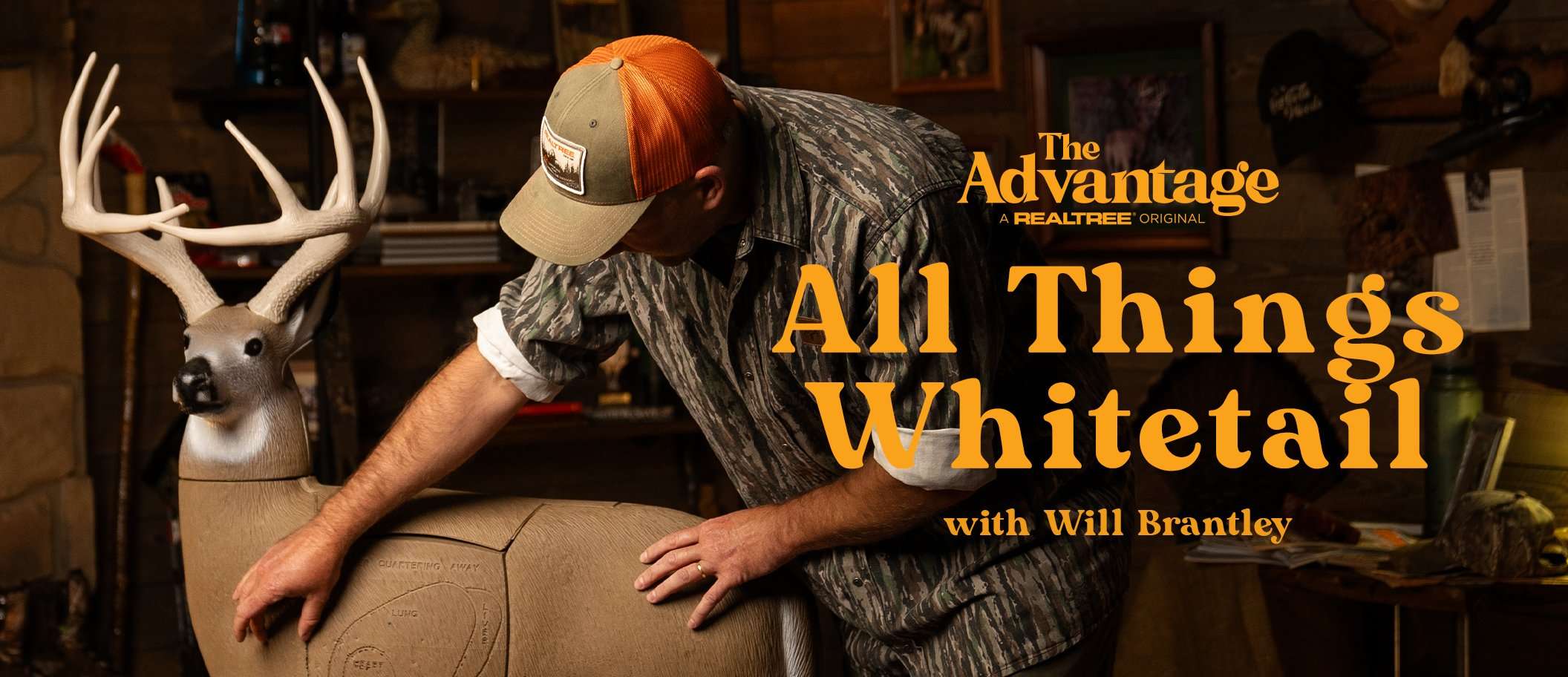On a recent predator hunt, the author learns that we might be using electronic calls the wrong way—and bags three mature coyotes to prove it

Predators are used to listening for animal distress calls at high frequency. Photo by John Raptosh.
<span>My friend Gary Roberson and I were hunting a ranch in Southwestern Texas, not far from the Rio Grande border with Mexico, when a grizzled vaquero approached us at our truck. “Predator calls don’t work here anymore,” he said in Spanish. “The Coyotes don’t respond to electronic calls.” </span>
<span>“We’ll see if they respond to our ultrasonic call,” said Gary, referring to Burnham Brothers’ new Freq call. It would be another good test of the call, and exactly why Gary wanted to hunt this ranch. They had been using electronic calls for years to help with predator control, but lately it wasn’t working. </span>
<span>Gary had been telling me for the past couple of years about research he had been involved in to determine what predators hear, the ultrasonic sounds made by distressed prey measured in hertz (Hz), and how to duplicate those sounds with an electronic game call. </span>
Check Out Our Latest Camo Pattern: Realtree APX
<span>Hertz are a unit of sound frequency measurement equal to one cycle per second. The higher the hertz an animal can hear, the more acute the hearing. Established research has determined humans can hear up to 23,000 Hz. Most of us hear considerably less. Coyotes hear up to 45,000 Hz and bobcats upwards of 64,000 Hz. Prey animals when distressed, depending upon the species, can utter sounds as high as 65,000 Hz. Nearly all make sounds well above 40,000 Hz.</span>
<span>When Gary’s colleagues tested existing electronic game calls on the market, none exceeded 20,000 — far below what predators are capable of hearing. This difference in the frequency of real animals in distress and electronic calls could explain why mature coyotes and bobcats that have been called to before often no longer respond or do so cautiously.</span>
<span>Gary’s team of sound professionals found a way to duplicate and record the real-life higher-frequency sounds of distressed prey and developed a sound system that broadcasts those same sounds through an electronic call. With the Freq electronic call, predators hear the sounds at the hertz levels made by real prey.</span>
<span>“We’ll hide the pickup in this low spot,” Gary said. “Let’s set up on the slope around the corner right below that crest in front of a couple of junipers where we can see the valley and creek bottom below.” We saw coyote tracks and their droppings on the road when we drove through the valley that morning. The junipers would do a good job at breaking up our outline, and we’d have the sun at our backs with a nice cross wind. </span>
<span>Gary set the call 50 yards below us and triggered a distressed rabbit call with his remote control. Less than ten squealing seconds later the first coyote appeared, running directly toward the call. It was trailed by another. </span>
<span>I glanced at Gary. He pointed to the right. Being a left-hand shooter, I knew he would shoot whichever coyote turned right. I would shoot the other immediately after he shot.</span>
<span>The charging lead coyote turned to our right, the second slightly left. Both stopped less than three steps from the call, staring at it. I had the crosshairs planted on my coyote’s shoulder. Gary shot, and before my coyote could react I did as well. Two dead coyotes. </span>
Don’t Miss: How to Pick the Right Sounds When Calling Coyotes
<span>Gary turned the call back on for another 20 seconds. Across the opposite slope, over a half-mile away, came another coyote running toward us. I waited until this one stopped and stared at the call and two dead coyotes at his feet. Then I pulled the trigger. </span>
<span>As we walked toward the three dead coyotes Gary said, “I bet all three are old with teeth nearly worn to their gums. Since we started using higher-frequency sounds I’ve been amazed at the number of older coyotes and bobcats we’ve called in.”</span>
<span>At the coyotes’ side I checked their teeth. The canines of the two females and the male were worn down to mere nubs. No doubt they had been called to numerous times over the years. </span>
<span>Since that day I have often called predators in areas where I was told neither coyotes nor bobcats would respond to an electronic predator call. Every hunt I’ve gone on using an ultrasonic call has resulted in taking coyotes and the occasional bobcat. Knowing what coyotes and bobcats actually hear, then using the proper tool which replicates those sounds at high hertz levels, certainly has made a difference in my predator calling success.</span>












